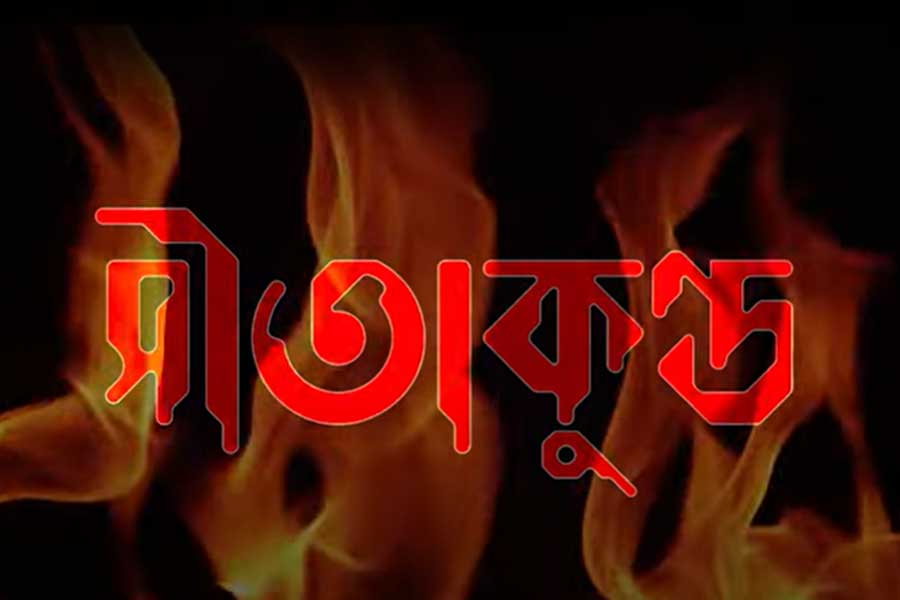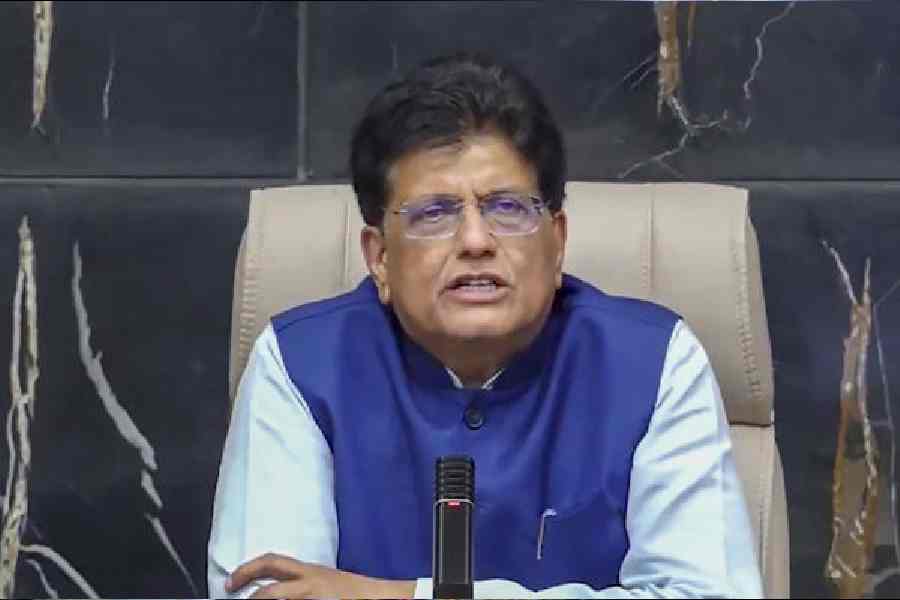Two days before Narendra Modi’s grand show at Ayodhya for the pran-pratishtha (consecration) of the idol of Ram at the still under construction temple in the Uttar Pradesh town, a documentary film was streamed on a Trinamul linked YouTube channel asking why the Centre was neglecting Sita?
The 30-minute film was released on Saturday by Biswa Bangla Sangbad, a news portal run by Trinamul spokesperson Kunal Ghosh. The film titled Sitakund: The Unknown story of Bithoor (in Bengali) had 129 views till 6.53 pm, four hours since it began streaming.
“If Ram existed, if Ayodhya is true then Bithoor is also true. Otherwise both are Pouranic epics,” Ghosh told The Telegraph Online.
“Ram is being marketed for votes, for business. A brand is being built around Ram. Our question is why does Sita have no place in Ram Rajya? Neither then, nor now. Why is Bithoor neglected? The Valmiki Ashram, the kitchen where Sita cooked for the ashram-dwellers, the room where Luv and Kush were born everything is there. Devotees visit daily. Then why is Bithoor neglected, while Ayodhya is being glorified?” asked Ghosh.
“With this entire frenzy around Ayodhya we believe an attempt is being made to wipe Sita out of our collective memory," he said.
While Ayodhya is being almost rebuilt with fresh coat of paint, vibrant colours and light, the film turns the camera on the run-down buildings of Bithoor, especially its principal attraction, the Valmik ashram, its lacklustre edifice with peeling walls, ancient idols and images.
The film shows a tower with shlokas inscribed on a white background which priest Hari Sharan Dwivedi claims were the 100 shlokas that sage Narada told Valmiki. “From these 100 shlokas, Valmiki composed 24,000 shlokas,” says Dwivedi.
The documentary was shot about a month ago at Bithoor, a town in Uttar Pradesh, with mythological and historic significance.
Around 241km separates Bithoor from Ayodhya, now at the centre of the nation’s focus with an unparalleled fanfare, including controversies and questions like the one raised by BJP leader and bitter Modi critic Subramanian Swamy.
“How can we Ram bhakts allow Modi to join the performing of the Pran Pratishtha Puja of the Ram Lala murti in Ayodhya, when Ram spent almost one and half decades, and waged a war to rescue his wife Sita? Modi is instead known for abandoning his wife, and yet he will do the puja?” Swamy asked in a post made on X (formerly Twitter) on December 27, 2023.
A former Congress minister in the Haryana state government Karan Singh Dalal had suggested earlier this month that Modi should attend the ceremony with his wife during an event at Palwal.
Around 24km from the industrial city of Kanpur, Bithoor, situated on the bank of the Ganga, is home to Valmiki Ashram, where it is believed the dacoit, Ratnakar, gave up his violent ways and turned into an ascetic who went on to compose the Ramayana, one of the principal epics in Hindu mythology.
According to some versions of the epic, a pregnant Sita humiliated and disgraced by the people of Ayodhya and turned away by Ram following their return from Lanka, was left at a forest near the ashram. Her twin sons, Luv and Kush, were born in the ashram where she spent her final years, in modern day Bithoor.
“This is where Janaki (another name of Sita) mata lived and jumped into the earth. The entire world is talking about Ram, Ayodhya, Krishna, Mathura but Bithoor is lying in neglect. All the focus is on Ayodhya, nobody is talking about Bithoor,” Pradip Kumar Dwivedi, a member of the local civic body, who the film claims has distanced himself from the BJP, says on camera in the film.
Closer to modern times, Jhansi’s Rani Lakshmi Bai, one of the protagonists of the 1857 battle for independence had spent her childhood in Bithoor. The last Peshwa Baji Rao II was exiled to Bithoor and the future queen of Jhansi’s father Moropant Tambe was a commander in his army stationed at the town. Nana Saheb, the adopted son of the Peshwa was sent to exile in Bithoor from where the siege of Kanpur (then Cawnpore) from June 5-25, 1857 is believed to have started.
On April 12, 2017 on the floor of Parliament the Narendra Modi government had stated, “Sita’s birthplace is a matter of faith and not based on any evidence.”
Bengal chief minister Mamata Banerjee has described the January 22 event at Ayodhya as a political gimmick and will lead a harmony march on that day after a visit to the Kalighat temple. Most Opposition parties, including the Congress and the CPM, have boycotted the event for different reasons.
Opposition parties believe the ceremony was timed ahead of the Lok Sabha polls scheduled for the summer of 2024 to reap political dividends and ensure a third term for Modi with an even larger number of seats.
Ghosh said they would use various social media platforms for the film to reach out to the maximum audience.“We also have plans to organise select shows to screen the film,” he said.
The RSS and the BJP have been pushing for the creation of a Ram temple at Ayodhya where the Babri Masjid, built by Mir Baqi, a commander of the first Mughal emperor Babur, existed. The BJP and its right-wing allies have always claimed the mosque was built on the spot where Ram was born and the temple that existed in his honour was demolished.
On December 6, 1992 the Babri Masjid was demolished by a gathering of kar sevaks in the presence of then senior BJP leaders, while Uttar Pradesh had a BJP chief minister. The event was followed by one of the worst riots across the country with repercussions far and wide.
On November 9, 2019 a five-judge bench of the Supreme Court pronounced a verdict allowing a temple to be constructed, while allotting an alternate plot of land for a mosque in Ayodhya’s Dhannipur.
Shankaracharyas in Uttarakhand, Odisha, Karnataka and Gujarat __ considered to be senior Hindu religious heads __ have decided against attending the ceremony for which the Centre has announced half-day leave, while the BJP and other Sangh Parivaar affiliates have drawn up outreach programmes which started nearly three weeks ago. Airlines have started operations to the newly opened airport.










